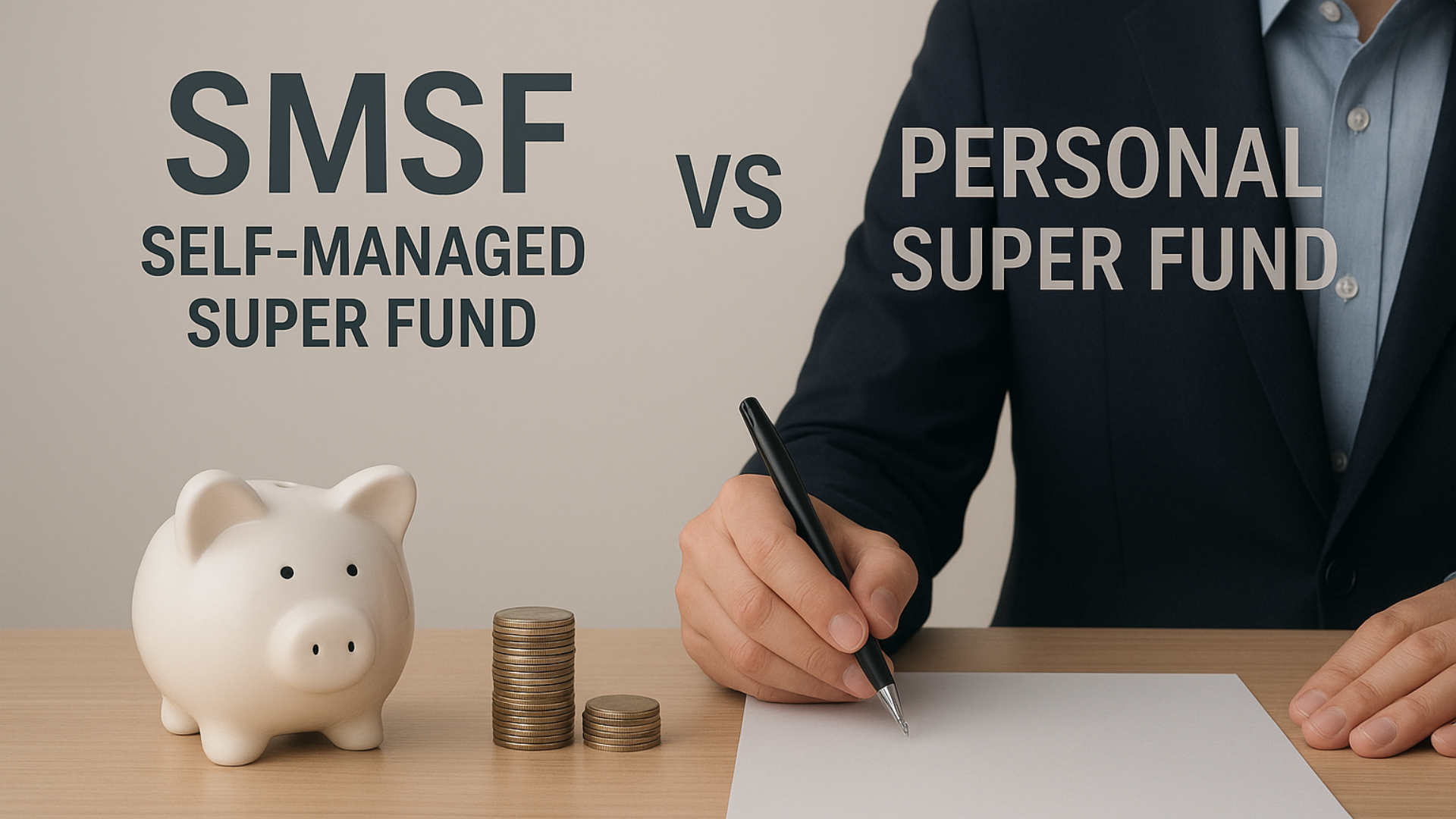ETFs vs. Direct Indexing: What You Need to Know
Many investors know about exchange-traded funds or ETFs. Direct or custom indexing is much less well known in Australia, but is converting many former ETF investors overseas. But what are the differences? And which is better for you? I'll explore the differences between direct indexing and ETFs in this post.
With an exchange-traded or mutual fund, you own a pool of shares. As other investors buy in or sell out, this creates tax gains or losses that everyone shares in. And you own (indirectly) every stock in the pool, regardless of whether you want to or not.
With direct indexing, you own the underlying shares. This means you can tweak the index to better reflect your values, financial preferences and tax situation.
Technology brings direct indexing to the masses.
Twenty years ago, direct indexing was only for the ultra-wealthy. The expertise required and the prohibitive costs associated with trading in and out of individual securities meant that only the rich could afford it.
Rapid technological advances, lower-cost trading and fractional shares have opened up the strategy to everyone.
You are unique. Just like everyone else.
Everyone has different ethics, other assets and tax requirements. With direct indexing, you can start with an index portfolio and exclude sectors where you might already own shares, say Australian banks. Or where it opposes your values, like tobacco stocks or cosmetic companies that perform animal testing.
In a traditional ethical fund, you are either all in or out. You want to avoid fossil fuels? You may also have to do without gaming and alcohol - which you may not oppose. You don't have the option to customise. With custom indexing, you do.
Another advantage direct indexing has over ETFs is the ability to harvest tax losses. If an individual stock drops in value, you can sell it and use the losses to offset other gains. This is especially valuable when stock prices are volatile.
You don't have to design the entire portfolio.
Direct investing is, in many ways, an evolutionary jump for investors. To draw an analogy from automotive production, managed funds and ETFs are similar to the Henry Ford quote: 'Any customer can have a car painted any colour that he wants, so long as it is black'.
Before direct investing, if you wanted a red car, you had to go to a stockbroker and build the entire vehicle from the base parts. Custom indexing is a third option: take an already made car and add your own custom tilts.
Custom indexing is more expensive than an ETF, but not much more
Custom indexing requires more time and effort to manage than an ETF.
Nucleus Wealth charges on a sliding scale where the more you invest, the cheaper it can get. As a rule of thumb, Nucleus indicates the fees will be around 0.5% for a $100,000 investment (minimum investment is $10,000), falling to around 0.2% if you are investing millions.
This is above the lowest-cost ETFs. But is similar in cost to more specialised ETFs.
Direct indexing is a middle ground between ETFs and direct shares
At the end of the day, whether direct/custom indexing or ETFs is right for you depends on your individual circumstances.
If you are a hands-off investor with a longer time horizon and little desire to influence your portfolio, an ETF is likely better. If you are looking to control every single decision then you probably should be looking at direct shares.
But if you want more control over your investments or are looking for managed investments that can dovetail with your other assets, direct indexing is likely to be a better fit.







